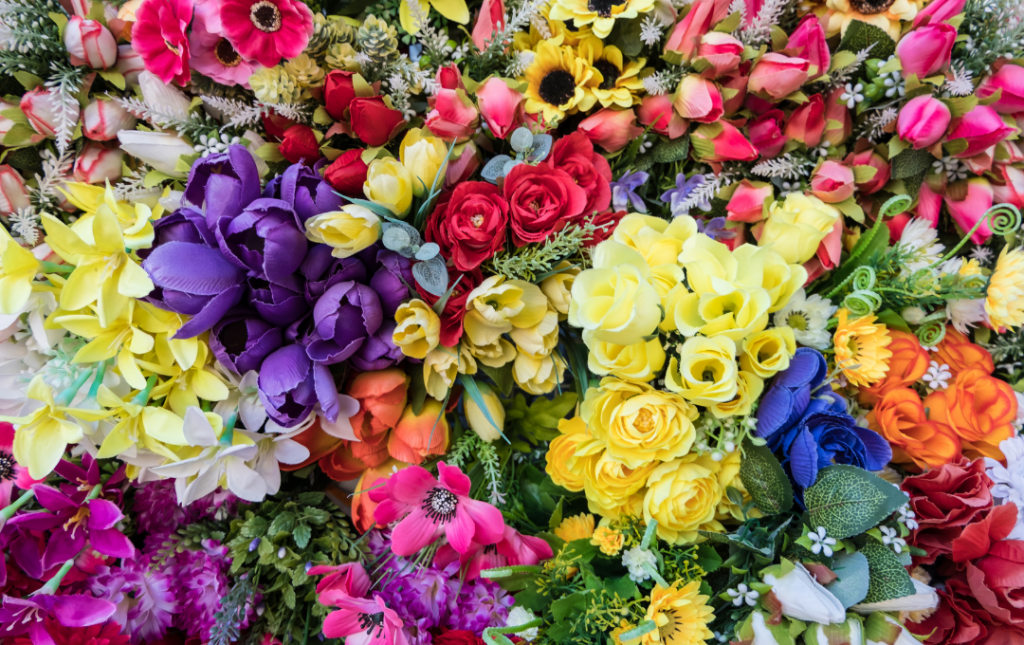
Saint Patrick’s Day, celebrated on March 17th each year, honors Saint Patrick, the patron saint of Ireland. Saint Patrick was a Christian missionary and bishop in Ireland during the 5th century. He is credited with bringing Christianity to Ireland and is considered one of the country’s primary patron saints. According to legend, Patrick was captured by Irish pirates as a teenager and taken to Ireland as a slave. During his captivity, he found solace in Christianity and eventually escaped. He returned to Ireland later as a missionary, converting many Irish people to Christianity.
Saint Patrick’s Day Celebrations
Initially, Saint Patrick’s Day was observed as a religious feast day by Irish Christians, commemorating Saint Patrick’s death on March 17th, believed to be in the year 461 AD. Over time, the day evolved into a more secular celebration of Irish culture and identity. In Ireland, Saint Patrick’s Day became a public holiday, marked by religious observances, parades, festivals, and feasting.
Irish immigrants brought Saint Patrick’s Day traditions to other countries, particularly the United States. The first St. Patrick’s Day parade took place in New York City in 1762, organized by Irish soldiers serving in the British army. Today, Saint Patrick’s Day is celebrated around the world, not only by people of Irish descent but also by many others who enjoy the festive atmosphere, wearing green attire, attending parades, and participating in cultural events.
Symbols and Traditions:
- Wearing Green: Wearing green clothing and accessories is a common tradition on Saint Patrick’s Day, symbolizing Ireland’s lush landscape (and also the “wearing of the green” as a nod to Irish nationalism).
- Shamrock: The shamrock, a three-leaf clover, is associated with Saint Patrick and is said to have been used by him to explain the concept of the Holy Trinity. It has become a symbol of the holiday.
- Parades and Festivities: Parades featuring Irish music, dancing, floats, and marching bands are a prominent feature of Saint Patrick’s Day celebrations, particularly in countries with large Irish communities.
- Traditional Foods and Drinks: Traditional Irish foods such as corned beef and cabbage, Irish soda bread, and Irish stout are often enjoyed on Saint Patrick’s Day.
Overall, Saint Patrick’s Day has evolved from a religious observance to a global celebration of Irish culture, identity, and heritage, uniting people of various backgrounds in a spirit of festivity and camaraderie.
The Flowers of Saint Patrick’s Day
While there isn’t a specific flower traditionally associated with Saint Patrick’s Day in the same way that certain flowers are associated with holidays like Valentine’s Day or Mother’s Day, there are several flowers commonly used in arrangements and decorations to celebrate the occasion. Here are a few options:
- Shamrock: While not a flower, the shamrock is perhaps the most iconic symbol of Saint Patrick’s Day. Its three-leafed form is said to have been used by Saint Patrick to explain the Holy Trinity, and it has become closely associated with Irish culture and the holiday. Read more about the Shamrock on the Eden Florist Blog
- Green Flowers: Given that green is the predominant color associated with Saint Patrick’s Day, flowers with green hues are often chosen for arrangements. This could include green carnations, green roses, green hydrangeas, or green chrysanthemums.
- Bells of Ireland: With their tall, slender stems and pale green bell-shaped flowers, Bells of Ireland (Moluccella laevis) are often used in floral arrangements for Saint Patrick’s Day. They symbolize good luck and are reminiscent of the Irish landscape. Read more about Belles of Ireland on the Eden Florist Blog
- White Flowers: White flowers are also sometimes included in Saint Patrick’s Day arrangements to represent purity and spirituality. White lilies, white roses, or white daisies could be incorporated to complement the green theme.
- Spring Flowers: Saint Patrick’s Day falls in mid-March, which is the beginning of spring in many parts of the world. Spring flowers such as daffodils, tulips, and iris could be used to celebrate the arrival of the new season alongside the holiday.
While these flowers are commonly associated with Saint Patrick’s Day, there are no strict rules, and individuals are free to choose any flowers that they feel represent the spirit of the holiday. Additionally, incorporating elements like ribbons or decorative accents in shades of green and gold can further enhance the festive atmosphere.
St. Patrick’s Day flowersdesigned to celebrate your Lucky Charm. Send St. Patrick’s Day flowers such as our Belles of Beauty and Feeling Lucky Bouquets to commemorate the Luck of the Irish and the End of the Rainbow. We love the festive Greens, Golds and Rainbow colors this time of year (or anytime the mood strikes you!) Same-day and next-day delivery available, call 954.981.5515 or place your order online today! Check out the large selection of flowers available on Saint Patty’s Day here: https://edenflorist.com/product-category/holidays/saint-patricks-day/






